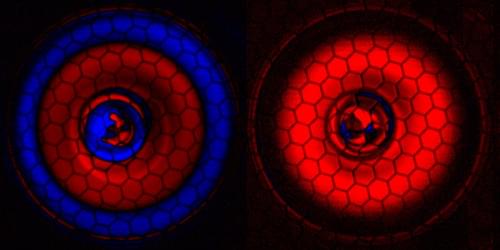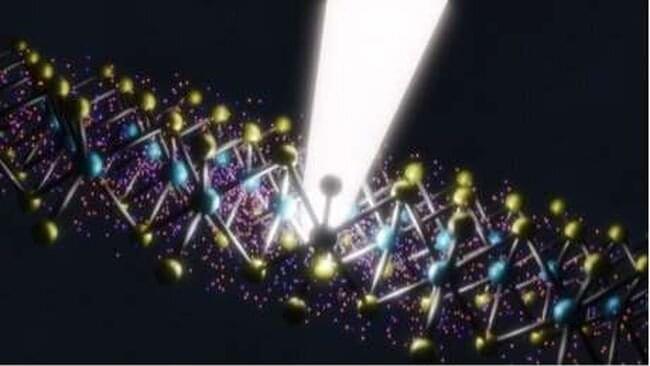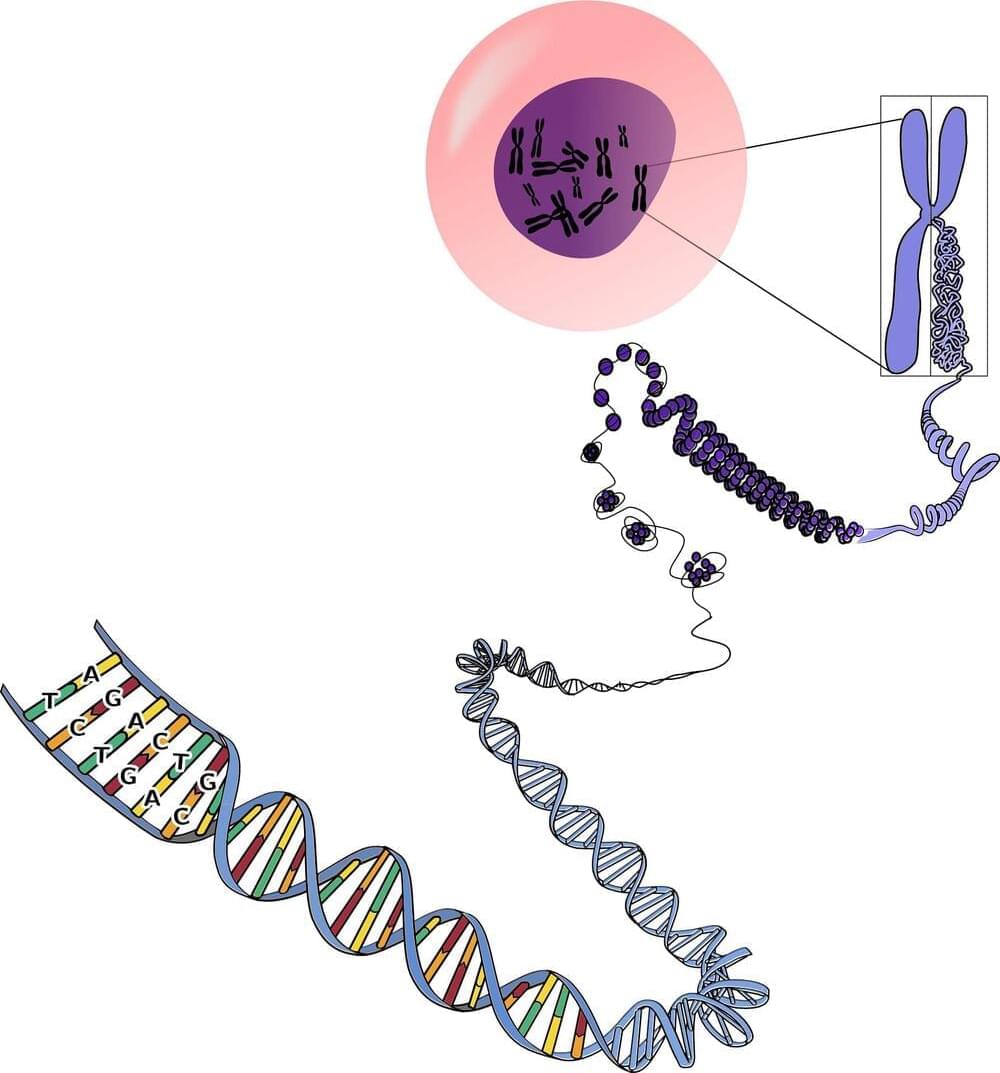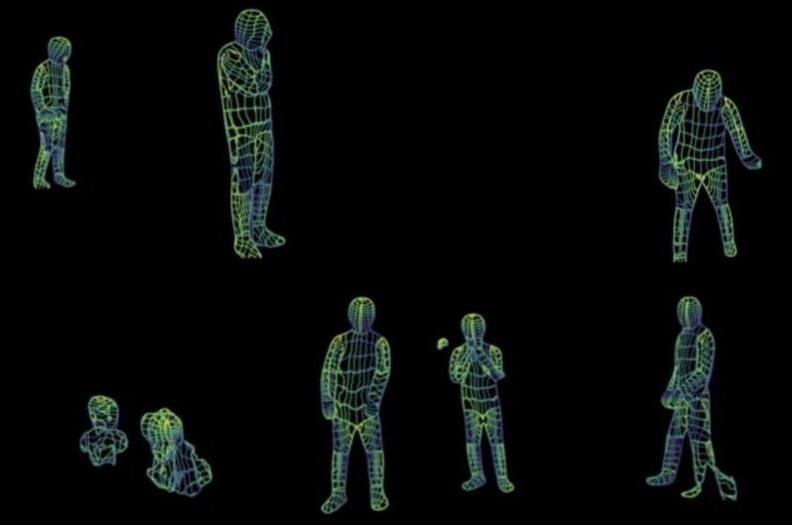Page 3569
Jan 21, 2023
How Intelligence Is Measured In The Animal Kingdom
Posted by Jose Ruben Rodriguez Fuentes in category: futurism
As understandings of human intelligence evolve, so, too, do understandings of animal intelligence.
Jan 21, 2023
Sound Waves Mimic Gravity
Posted by Saúl Morales Rodriguéz in categories: computing, space
A recently discovered acoustic effect allows a hot gas to simulate the gravity-induced convection within a star or giant planet.
Sometimes a light bulb goes on—literally—and a scientific advance is made. Researchers studying an acoustic effect in high-powered light bulbs have developed a system that mimics the gravitational field around planets and stars [1]. The team demonstrated that sound waves in the bulb generate a force that pulls gas toward the bulb’s center. This gravity-like force causes the gas to move around in convection cycles that resemble fluid flows in the Sun and in giant planets. With further improvements, the system could be used to investigate convection behavior that is too difficult to simulate with computers.
In 2017, research on high-powered sulfur lamps revealed that sound waves could drive hot gas to ball up in the center of the bulbs [2]. The surprising phenomenon caught the attention of Seth Putterman’s acoustic group at the University of California, Los Angeles. The team studied the clumping and showed that it could be explained by the acoustic radiation force. This force is well known in acoustic levitation experiments, in which sound waves scattering off an object, such as a small bead, can exert a force (see Synopsis: Tossing and Turning). Putterman and his colleagues showed that, in the bulbs, this force acts not at the surface of an object where sound scatters, but throughout the gas, where density variations redirect the sound waves. “We knew that the force acts at a sharp interface between something solid and a gas,” says team member John Koulakis. “In the bulb, there’s no sharp interface—just variations—but there still is a force.”
Jan 21, 2023
The Floquet engineering of quantum materials
Posted by Saúl Morales Rodriguéz in categories: engineering, particle physics, quantum physics
Quantum materials are materials with unique electronic, magnetic or optical properties, which are underpinned by the behavior of electrons at a quantum mechanical level. Studies have showed that interactions between these materials and strong laser fields can elicit exotic electronic states.
In recent years, many physicists have been trying to elicit and better understand these exotic states, using different material platforms. A class of materials that was found to be particularly promising for studying some of these states are monolayer transition metal dichalcogenides.
Monolayer transition metal dichalcogenides are 2D materials that consist in single layers of atoms from a transition metal (e.g., tungsten or molybdenum) and a chalcogen (e.g., sulfur or selenium), which are arranged into a crystal lattice. These materials have been found to offer exciting opportunities for Floquet engineering (a technique to manipulate the properties of materials using lasers) of excitons (quasiparticle electron-hole correlated states).
Jan 21, 2023
Researchers develop new, more accurate computational tool for long-read RNA sequencing
Posted by Saúl Morales Rodriguéz in categories: biotech/medical, computing
On the journey from gene to protein, a nascent RNA molecule can be cut and joined, or spliced, in different ways before being translated into a protein. This process, known as alternative splicing, allows a single gene to encode several different proteins. Alternative splicing occurs in many biological processes, like when stem cells mature into tissue-specific cells. In the context of disease, however, alternative splicing can be dysregulated. Therefore, it is important to examine the transcriptome—that is, all the RNA molecules that might stem from genes—to understand the root cause of a condition.
However, historically it has been difficult to “read” RNA molecules in their entirety because they are usually thousands of bases long. Instead, researchers have relied on so-called short-read RNA sequencing, which breaks RNA molecules and sequence them in much shorter pieces—somewhere between 200 to 600 bases, depending on the platform and protocol. Computer programs are then used to reconstruct the full sequences of RNA molecules.
Short-read RNA sequencing can give highly accurate sequencing data, with a low per-base error rate of approximately 0.1% (meaning one base is incorrectly determined for every 1,000 bases sequenced). Nevertheless, it is limited in the information that it can provide due to the short length of the sequencing reads. In many ways, short-read RNA sequencing is like breaking a large picture into many jigsaw pieces that are all the same shape and size and then trying to piece the picture back together.
Jan 21, 2023
Female and male hearts respond differently to stress hormone in mouse study
Posted by Saúl Morales Rodriguéz in category: futurism
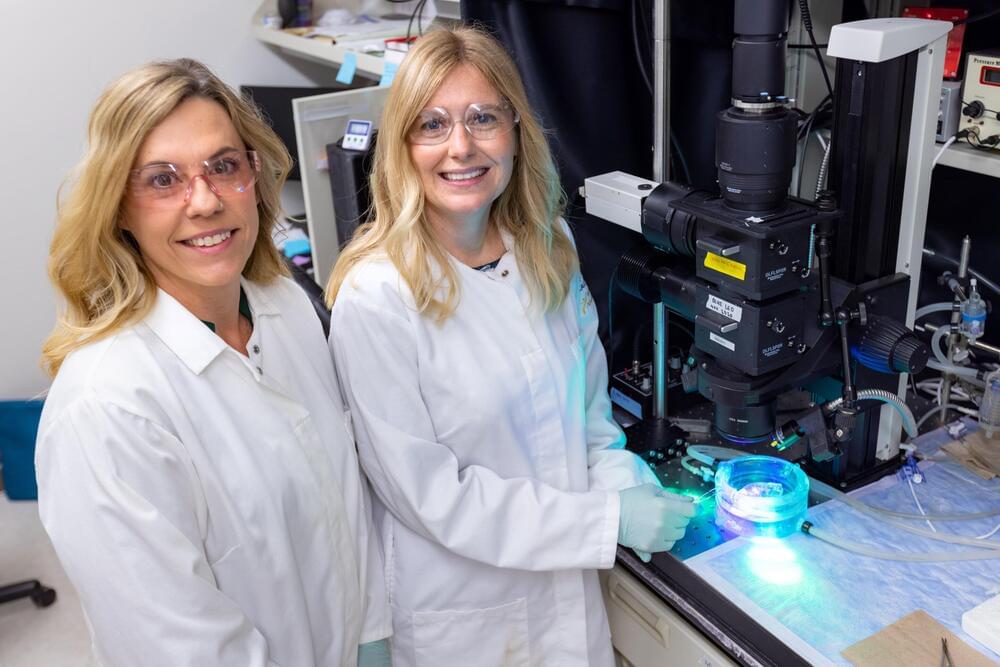
A new study published in Science Advances shows female and male hearts respond differently to the stress hormone noradrenaline. The study in mice may have implications for human heart disorders like arrhythmias and heart failure and how different sexes respond to medications.
The team built a new type of fluorescence imaging system that allows them to use light to see how a mouse heart responds to hormones and neurotransmitters in real time. The mice were exposed to noradrenaline, also known as norepinephrine. Noradrenaline is both a neurotransmitter and hormone associated with the body’s “fight or flight” response.
Continue reading “Female and male hearts respond differently to stress hormone in mouse study” »
Jan 21, 2023
In the core of the cell: New insights into the utilization of nanotechnology-based drugs
Posted by Saúl Morales Rodriguéz in categories: biotech/medical, chemistry, nanotechnology
Novel drugs, such as vaccines against COVID-19, among others, are based on drug transport using nanoparticles. Whether this drug transport is negatively influenced by an accumulation of blood proteins on the nanoparticle’s surface was not clarified for a long time.
Scientists at the Max Planck Institute for Polymer Research have now followed the path of such a particle into a cell using a combination of several microscopy methods. They were able to observe a cell-internal process that effectively separates blood components and nanoparticles.
Nanoparticles are a current field of research and it is impossible to imagine modern medicine without them. They serve as microscopic drug capsules that are less than a thousandth of a millimeter in diameter. Among other things, they are used in current vaccines against COVID-19 to effectively deliver active ingredients to where they are actually needed. In most cases, the capsules dock onto cells, are enveloped by them, and are absorbed into them. Inside the cell, chemical processes can then open the capsules, releasing the active ingredient.
Jan 21, 2023
Nuclear-powered robots could hunt for aliens on icy Solar System moons
Posted by Atanas Atanasov in categories: alien life, nuclear energy, robotics/AI

Europa, here we come.
In the coming years, NASA and the European Space Agency (ESA) will send two robotic missions to explore Jupiter’s icy moon Europa.
Jan 21, 2023
Quiet, ultrathin AirJet solid state active cooling chips could replace fans
Posted by Quinn Sena in categories: computing, mobile phones
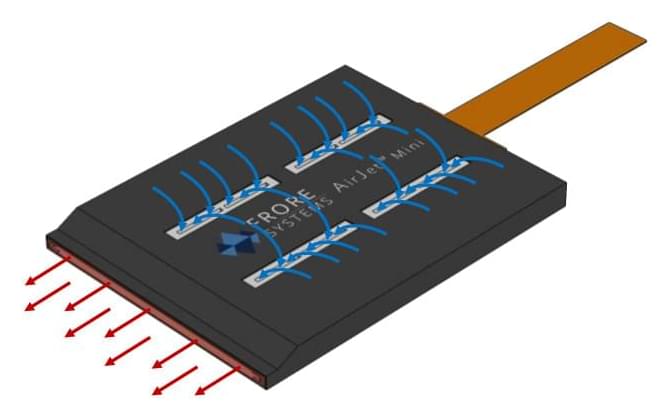
Frore Systems Airjet Mini and Airjet Pro are active cooling chips that are just 2.8mm thick and quietly suck cool air in from the top of the chip before pushing it out the sides with the aim to replace traditional fan-based solutions in ultrabooks, or be integrated into VR headsets and smartphones for improved cooling.
Yesterday we saw that cameras could clean themselves with micro-vibrations, and it happens that processors can be cooled with vibrations too as the Airjet chips are comprised of tiny membranes that vibrate at ultrasonic frequencies to generate a flow of air that enters through inlet vents in the top and transformed into high-velocity pulsating jets exiting from one side of the chip.
Jan 21, 2023
Wi-Fi Can Now ‘See’ People, Tech Could One Day Replace Cameras
Posted by Quinn Sena in categories: electronics, internet
Scientists have developed a way to detect 3D shapes and the movements of human bodies in a room using a Wi-Fi router.
The researchers at Carnegie Mellon University in the U.S. hope that the technology may eventually replace normal cameras.
According to a recent paper published on arXiv, the team of scientists managed to make out images of people in a room through the Wi-Fi signals emitted from a normal router.


